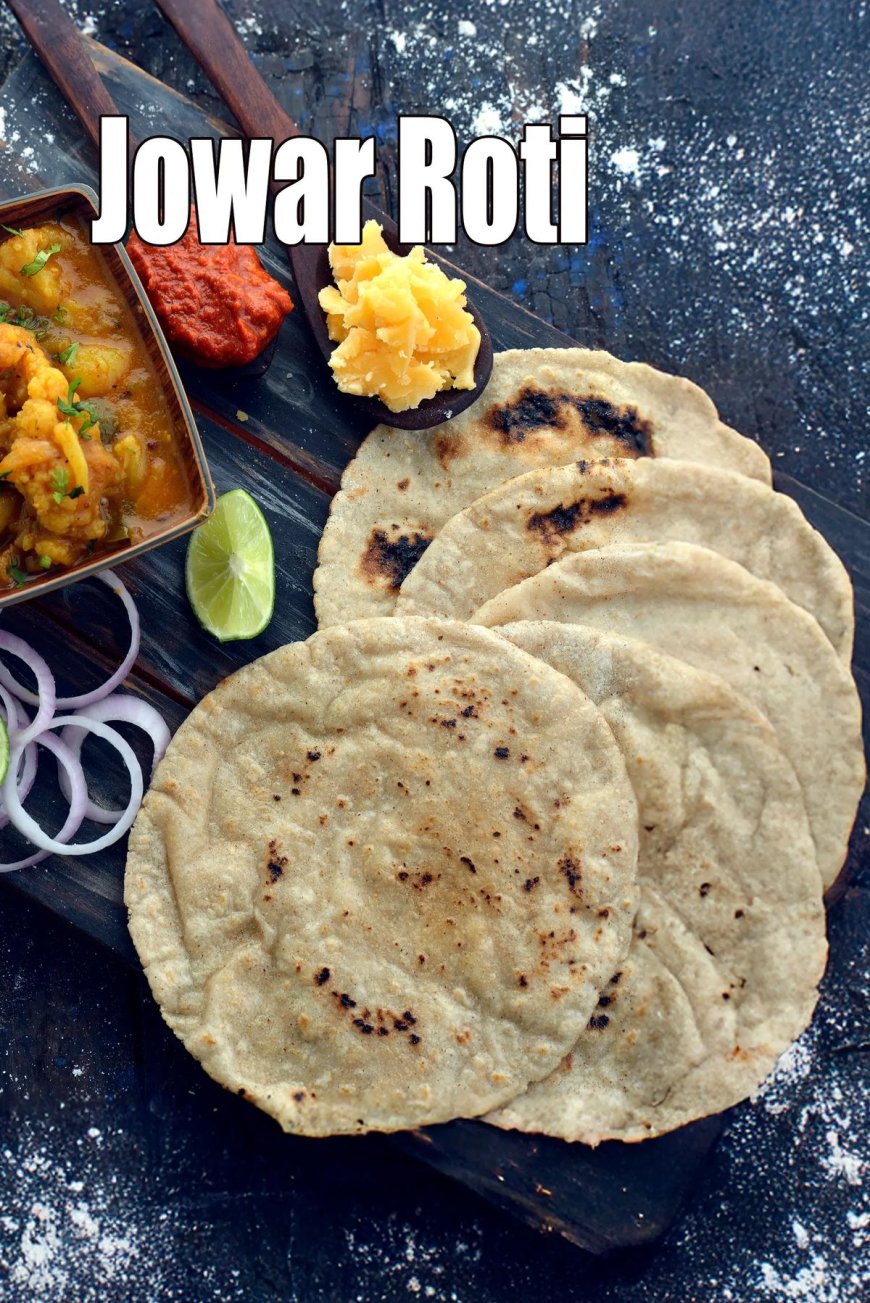Ragi vs Jowar Roti: Best Choice for Weight Loss Explained
Ragi vs Jowar roti for weight loss – know their nutrition, benefits, diet impact, body fat control tips, and best food choice with regular exercise.

Introduction
Weight loss has become one of the most common health goals today, with millions of people trying various diets, exercises, and lifestyle changes. Food plays the most important role in fat loss and body transformation, and choosing the right ingredients can make a big difference. Among the healthier alternatives to regular wheat chapatis, Ragi roti and Jowar roti have become popular choices for those focusing on weight loss, fat management, and overall fitness. But the question remains—which one is better for your journey: Ragi or Jowar roti?
History of Ragi and Jowar
-
Ragi (Finger Millet): Traditionally grown in South India and Africa, Ragi has been part of diets for centuries. Rich in calcium, iron, and dietary fiber, it was once called the “poor man’s food” but is now celebrated as a superfood.
-
Jowar (Sorghum): Cultivated widely across India, Jowar has long been a staple food in states like Maharashtra and Karnataka. Known for its cooling effect on the body and gluten-free nature, it has been valued for providing sustainable energy.
Nutritional Comparison: Ragi vs Jowar
-
Ragi (per 100 g):
-
Calories: ~336 kcal
-
Protein: ~7 g
-
Fiber: ~11 g
-
Calcium: ~344 mg (high in bone health)
-
-
Jowar (per 100 g):
-
Calories: ~329 kcal
-
Protein: ~10 g
-
Fiber: ~8 g
-
Iron: ~4 mg (good for blood health)
-
Benefits for Weight Loss
-
Ragi Roti:
-
High fiber keeps you full for longer, reducing cravings.
-
Low glycemic index helps in better sugar control.
-
Rich in calcium and iron, boosting bone strength and energy.
-
-
Jowar Roti:
-
Gluten-free, suitable for those with wheat allergies.
-
High protein supports muscle growth during fat loss.
-
Cooling effect on the body, best during summer diets.
-
Which is Best for Fat Loss?
-
Ragi Roti is ideal for people with high sugar levels, calcium deficiency, and those who need better satiety.
-
Jowar Roti is better for protein intake, gluten-free diets, and those who want easy digestion.
Both can support weight loss if eaten in moderation along with a balanced diet and regular exercise.
Best Time to Eat
-
Lunch or Dinner: Eating Ragi or Jowar roti at lunch keeps you fuller throughout the day.
-
Post-workout Meal: Jowar roti with protein-rich curry can help in muscle recovery.
-
Evening Meal: Ragi roti with vegetables helps control late-night cravings.
Food Diet & Exercise Tips for Weight Loss
-
Combine Ragi or Jowar rotis with high-protein curries (dal, paneer, chicken).
-
Avoid excessive oil in preparation.
-
Pair with regular exercise like walking, yoga, or strength training for faster results.
-
Drink enough water and include green vegetables for balanced nutrition.
Positives & Negatives
-
Positives: Natural, gluten-free, rich in nutrients, support long-term fat loss, and improve digestion.
-
Negatives:
-
Ragi may increase oxalate levels, not suitable for kidney stone patients.
-
Jowar may cause bloating if consumed in excess.
-
Both require moderation to avoid calorie surplus.
-
Significance & Importance
Choosing between Ragi and Jowar roti is not just about weight loss—it’s about including nutrient-rich traditional foods in our modern lifestyle. They offer sustainable energy, better digestion, and improved health when compared to refined flour chapatis.
Final Thoughts & Conclusion
Both Ragi roti and Jowar roti are excellent options for weight loss and fat management. Ragi shines with its high fiber and calcium content, while Jowar leads with protein and easy digestibility. Instead of choosing one, you can include both in your weekly diet for balanced nutrition. Along with a proper food diet, regular exercise, and healthy lifestyle habits, they can accelerate your journey towards fitness and body transformation.
For effective weight loss, remember: Consistency, portion control, and balance are the real keys.

 Ellofacts
Ellofacts 





